How To – Change Your Spark Plugs and Ignition Leads
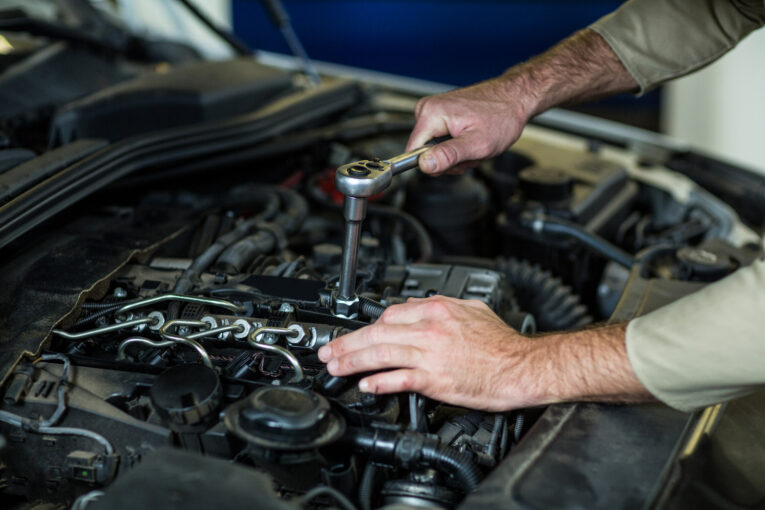
Difficulty
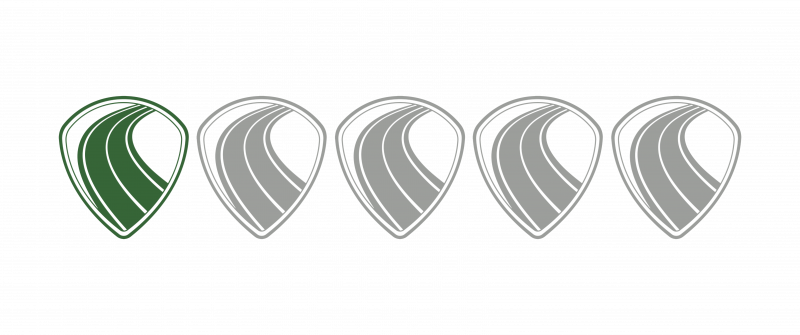
What Do I Need?
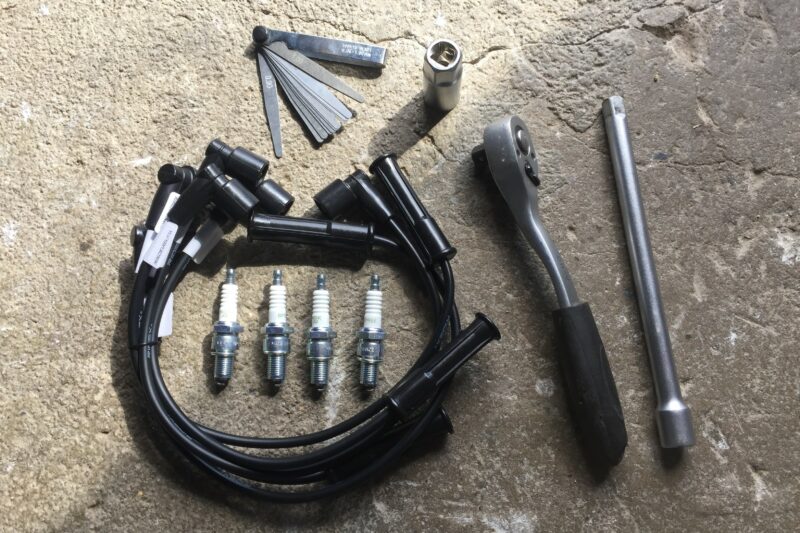 New spark plugs specific to your vehicle
New spark plugs specific to your vehicle
New ignition leads specific to your vehicle
Wrench, extension bar and spark plug socket of the correct size
Torque wrench
Feeler gauges (optional)
Why Should I?
A poorly ignition system can lead to all kinds of issues. From starting problems to rough running, keeping your spark plugs and ignition leads regularly renewed will ensure the smooth running of your engine. They are relatively inexpensive items that can greatly improve its operation and efficiency. Spark plugs provide the spark that ignites the air/fuel mixture and so fresh plugs and leads will not only increase performance but also improve fuel consumption. They ‘re pretty hardy little blighters but over time all of those tiny explosions, along with corrosion and other contaminants, can lead to smaller or weaker sparks. There’s no real hard and fast rule for changing your plugs but as a matter of course we always include it as part of every service, along with the oil and filter.
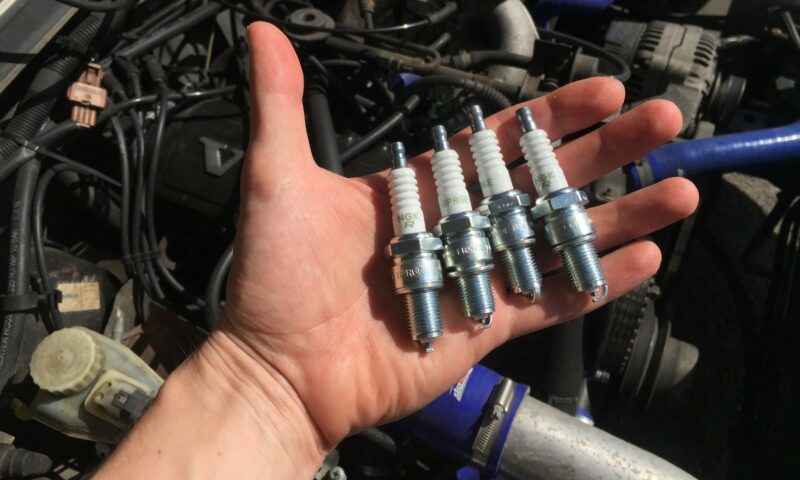
Failing that you can inspect the plugs for signs of wear and contamination as they can tell you a lot about what’s happening inside the cylinders of your engine. A glazed finish is indicative of overheating, deposits can be caused by lack of compression, oil on the plugs generally means bad rings or valve guides and seals while carbon deposits are evidence that the engine is running too rich so it’s always worth having a look at the old plugs after you have removed them.
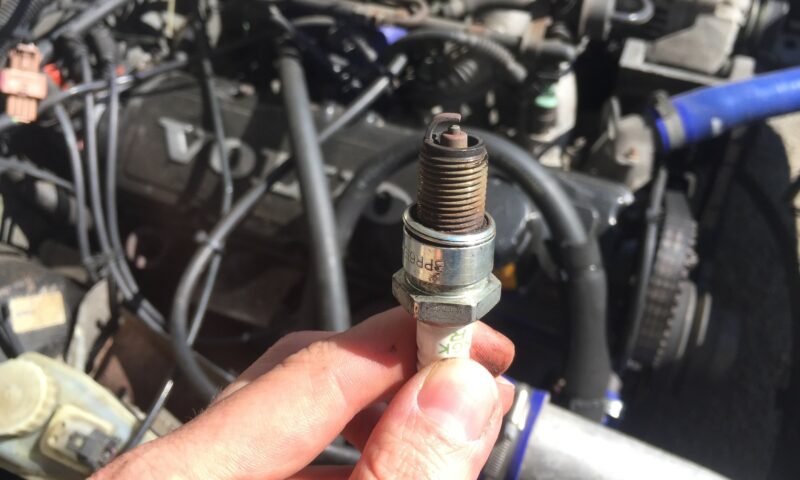 Ours were in pretty good shape across the board indicating a healthy engine.
Ours were in pretty good shape across the board indicating a healthy engine.
Talk Me Through It
NB: It’s a good idea to do one spark plug and lead at a time rather than all at once so that you retain the correct orientation and firing order for the engine.
1) Make sure the engine is cold and then open the bonnet and remove any obstacles so that you can get at the spark plugs. It’s also a good idea to clean any debris from around the area too so as to prevent anything falling into the cylinder head.
2) Check the plugs in accordance with your service manual or online sources. If you have bought the right plugs for your engine then they will come preset to the correct gap but you can always confirm this with a feeler gauge and adjust the electrode as necessary.
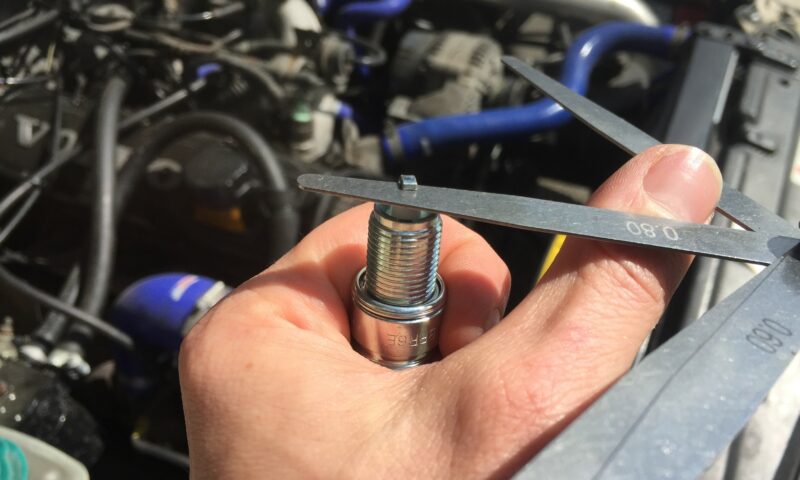
3) Remove the ignition lead from the spark plug and distributor. If you car has coilpacks rather than ignition leads then simply disconnect the coil from the plug.
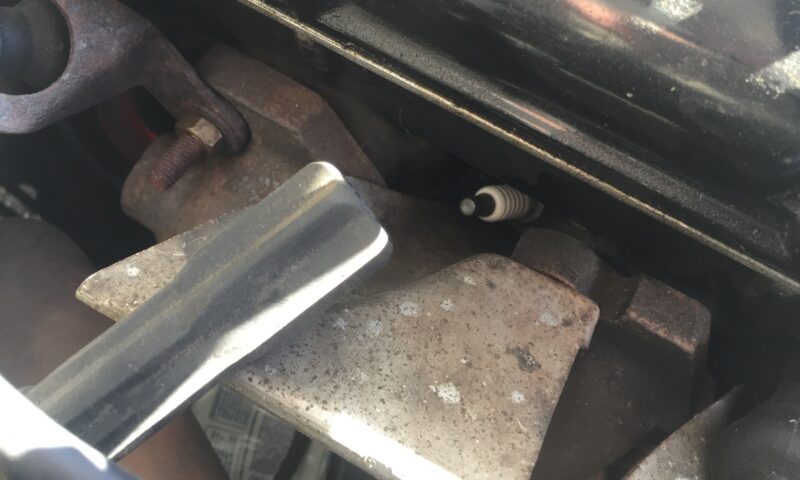
4) Using a socket wrench and extension, along with the correct size spark plug socket, remove the spark plug from the cylinder head. A normal socket will suffice but a spark plug socket contains a rubber insert that holds the plug snugly for easier removal.

5) Grab a new spark plug and insert it into the spark plug socket. You can then go ahead and screw the plug back into the engine. Use a torque wrench to nip it up to the correct setting as detailed in your service or Haynes manual.
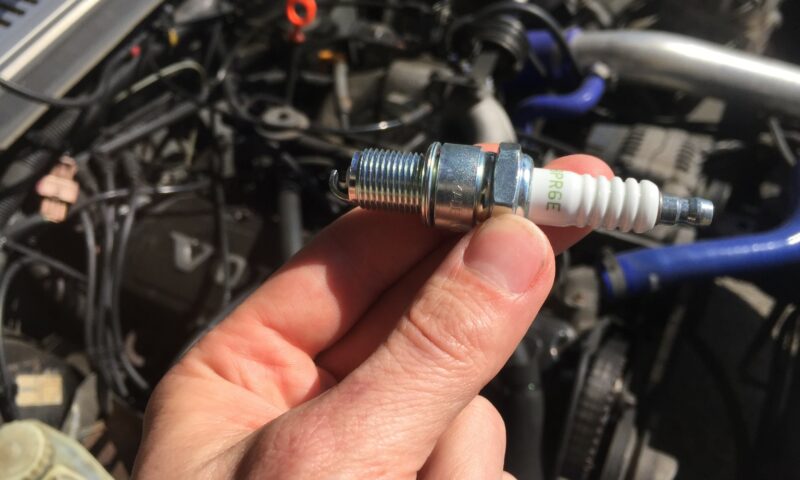
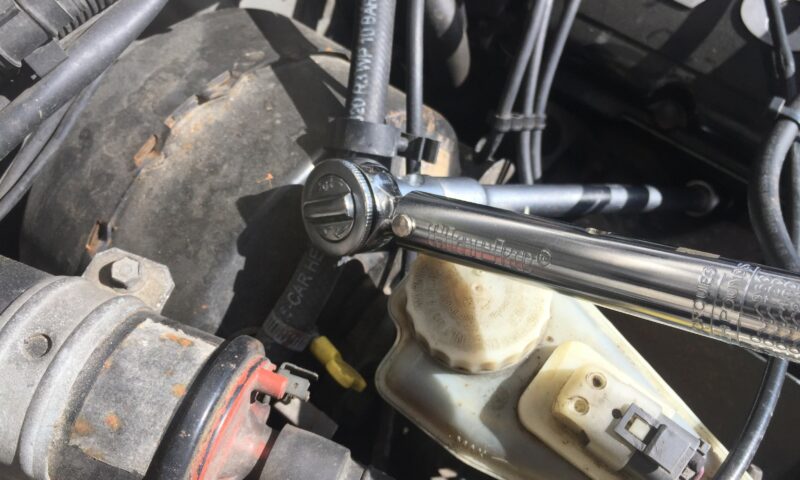
6) Install a new ignition lead on to the protruding end of the spark plug as well as the corresponding connection on the distributor. These will be of varying lengths so make sure to replace like for like.
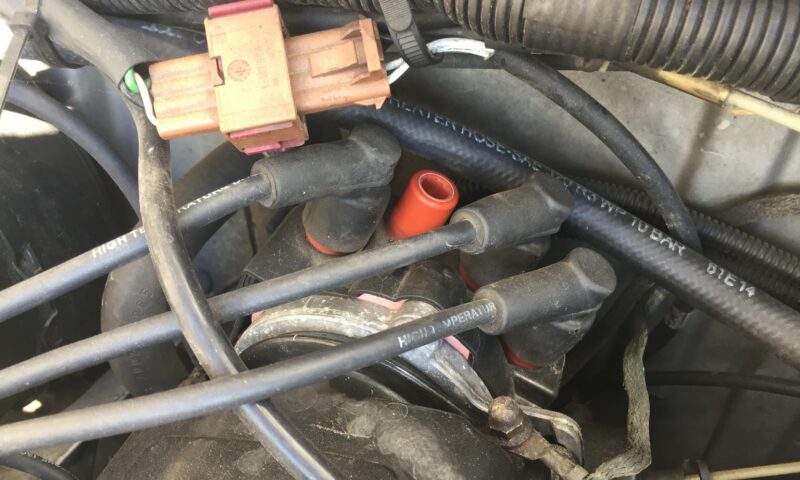
7) Repeat steps 4, 5 and 6 for all of your spark plugs. Your ignition lead set should also include one for the coil so make sure to replace this one too.
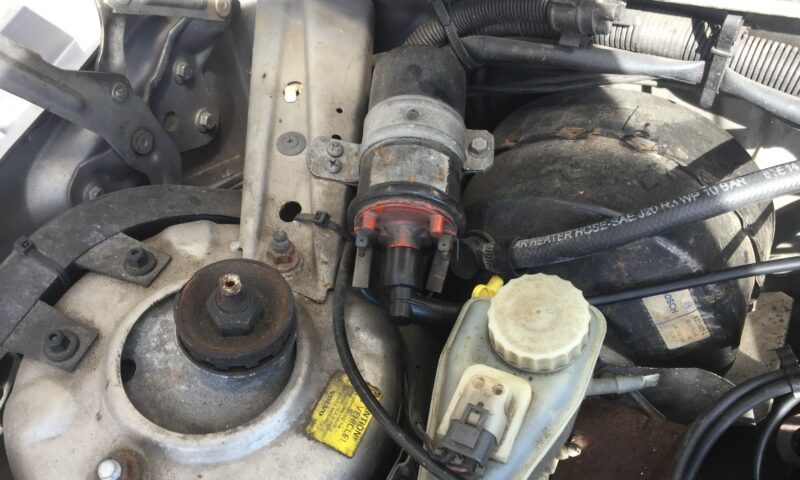
8) Replace any ancillaries that you removed from your engine in step 1 and start the car to make sure everything works as it should.
Conclusion
With a few basic tools replacing your spark plugs and ignition leads is one of the simplest service tasks to perform but can make a world of difference when it comes to the operation and efficiency of your engine. Depending on the make and model of your classic some spark plugs will be a pain in the proverbial and harder to get at than others but they will all be removable, making this a job that any amateur enthusiast can master, saving you both time and money. So what are you waiting for? If your plugs have been in there for a while, get cracking.


